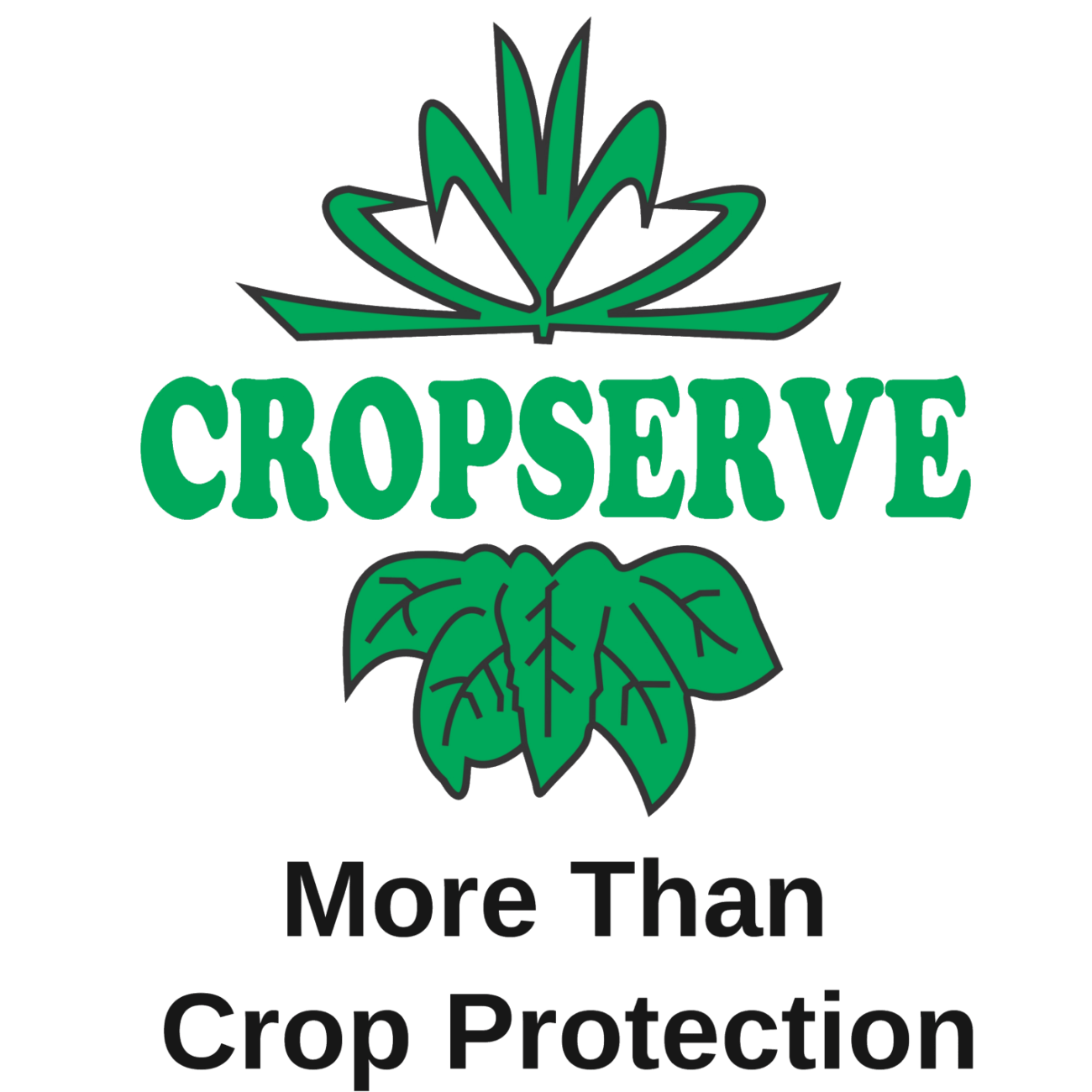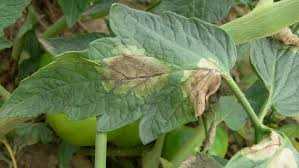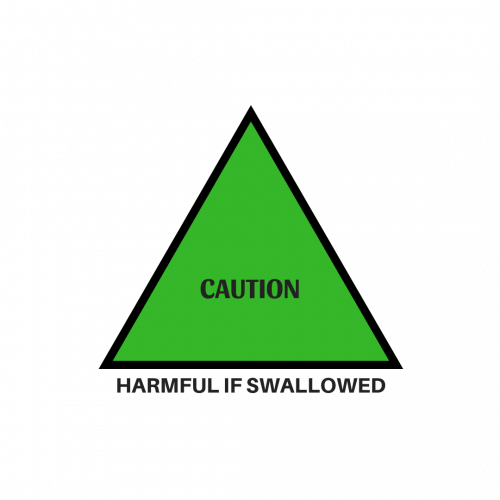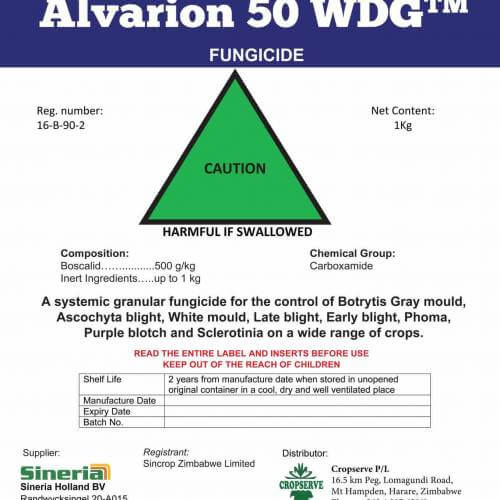Taxonomy: Fungi, division oomycete (Phytophthora infestans).
Description: Common in tomatoes and potatoes in Zimbabwe. Spores are airborne and found in soil and water. The early stages of blight are easily missed. Symptoms include the appearance of dark blotches on the tips of the leaves & plant stems. White mold will appear under the leaves in humid conditions and the whole plant may collapse in a short period of time. Infected tubers develop grey / dark patches that are reddish brown underneath the skin. These tubers quickly decay to a foul-smelling mush caused by the infestation of secondary soft bacterial rots. What may appear to look like healthy tubers may rot later when in storage.
Lifecycle: overwinter in crop residues and spores form when exposed to moisture and cool weather.
Monitoring remarks: Check for early signs of the disease on the leaves and stems. Monitor more frequently once the crop canopy has closed, and during periods of persistent rainfall. Late blight is typically more common later in the season.
Action threshold: Preventative fungicides recommended. Take curative action at early signs of the disease.
Contact a Cropserve agronomist for more information/





